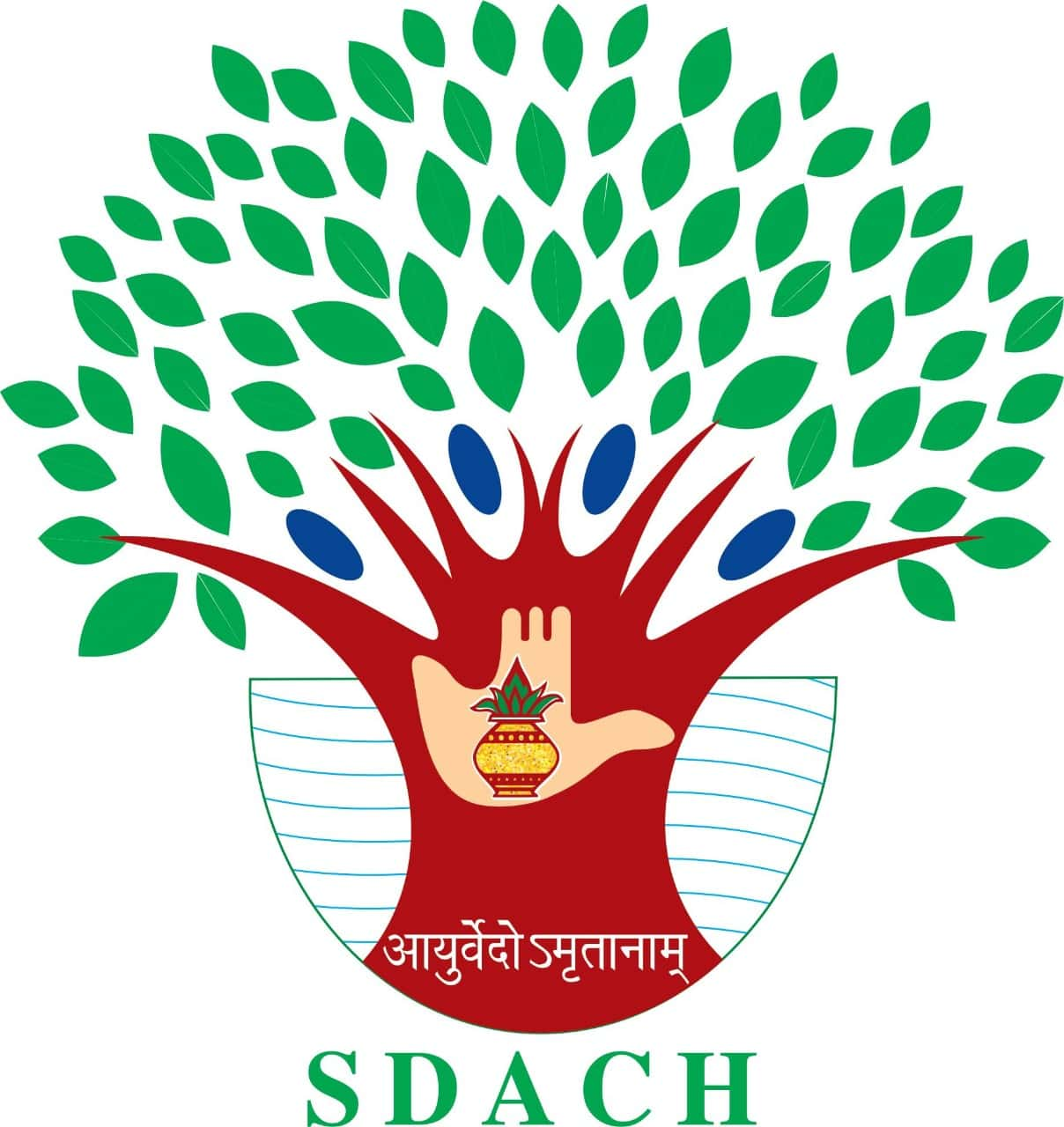BOTANICAL NAME- Hibiscus abelmoschus Linn.
FAMILY- Malvaceae
NAMES IN DIFFERENT INDIAN LANGUAGES- English → Musk mallow
Hindi → Mushkdana
Kannada → Kasturi bende
Malayalam → Kasturi venta
Marathi → Kasturibhenda
SYNONYMS- Dakshindanshaj, gandhpur, katuka
CLASSIFICATION ACCORDING TO CHARAK AND SUSHRUT- Caraka- Not included
Suśruta- Not included
MORPHOLOGY- A tall annual
Stem- Clothed with long deflexed hairs.
Leaves- Upper leaves are palmately 3 to 7 lobed, divided nearly to the base; lobes are narrow-acute,
crenate, serrate or irregularly toothed, hairy on both the surfaces. Petioles are 2.5 cm long, hairy,
stipules 1 cm long.
Flowers- Yellow with purple at centre.
Fruits- Capsules, Fulvous- hairy, oblong-lanceolate, seeds are sub-reniform, blackish.
CHEMICAL CONSTITUENTS- Seeds are having volatile oil which consists of farnesol-a ketone ambrettilide a lactone of
ambretteolic acid. Seeds contain moisture 11.4%, protein 2.3%, starch 13.35 %, fibres 31.46%, fixed
oil 14.5%, volatile 0.2-0.6%, a resin and bitter substance.
PROPERTIES- Rasa- Tikta, Madhura, Katu
Guna- Laghu, Ruksa, Tiksna
Vipäka- Katu
Virya- Sita
KARMA- Pitta kapha samaka, Vrisya, Chakṣuşya, Chedana, Triṣṇāhara, Mukharoganataka
Aphrodisiac, Digestive, Expecotorant
INDICATIONS- Sukradourbalya, Dhawajabhanga, Netraroga, Śwasa, Käsa, Trişna and Mukharoga
PART USED- Seed
DOSAGE- Curna (Seed Powder)- 1 to 3 g
IMPORTANT YOGAS OR FORMULATIONS- Kasturyadi Gutikā, Manasamitra Gutikā, Brahmi Vati, Bala Taila
THERAPEUTIC USES-
1. Tamaka Śwāsa (Asthma)
Phanta of Latakasturi is useful in Tamaka Swasa.
- Aruci (Anorexia)
Chewing of leaves of Latakaturi is beneficial in case of Aruci.





